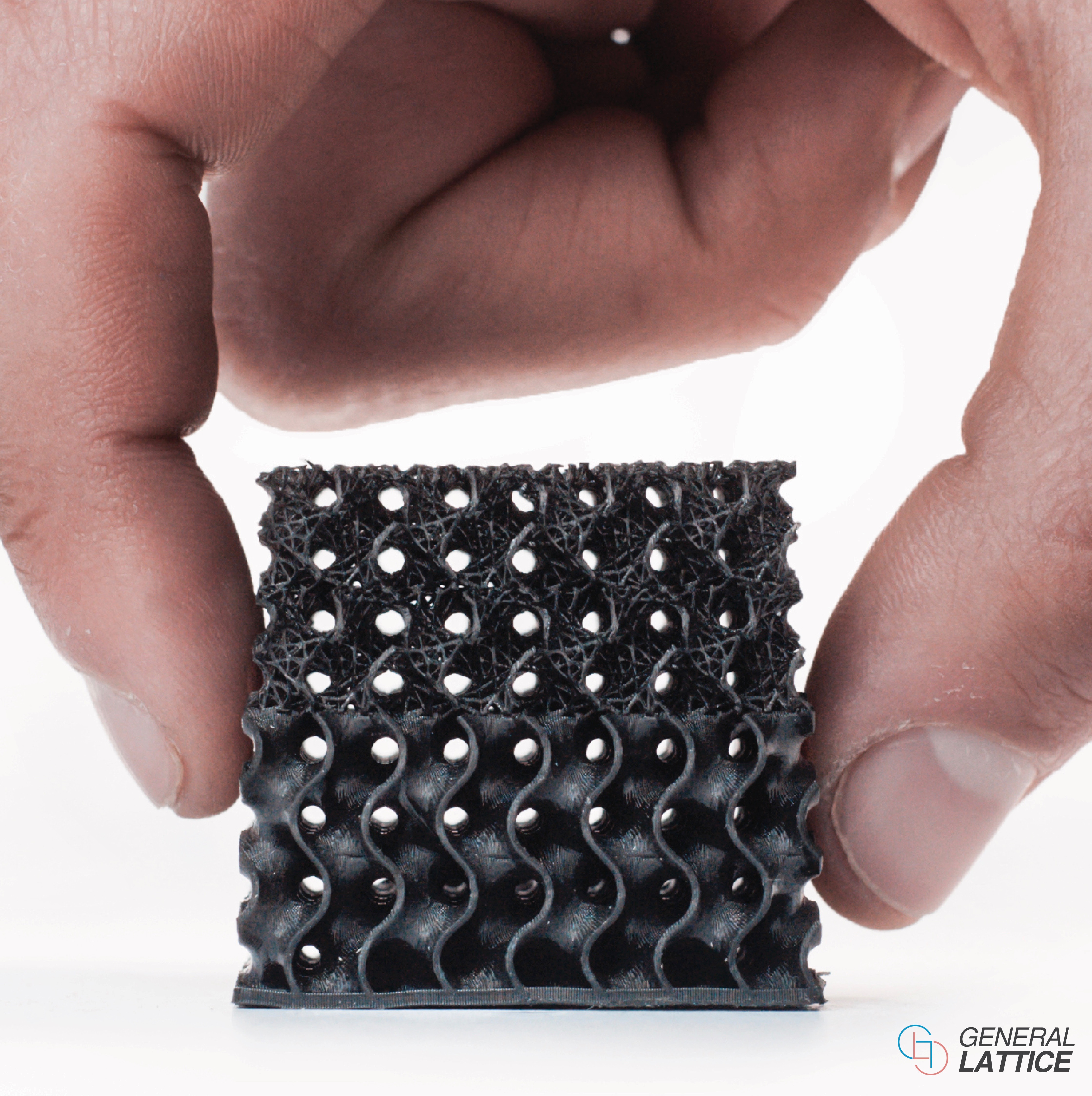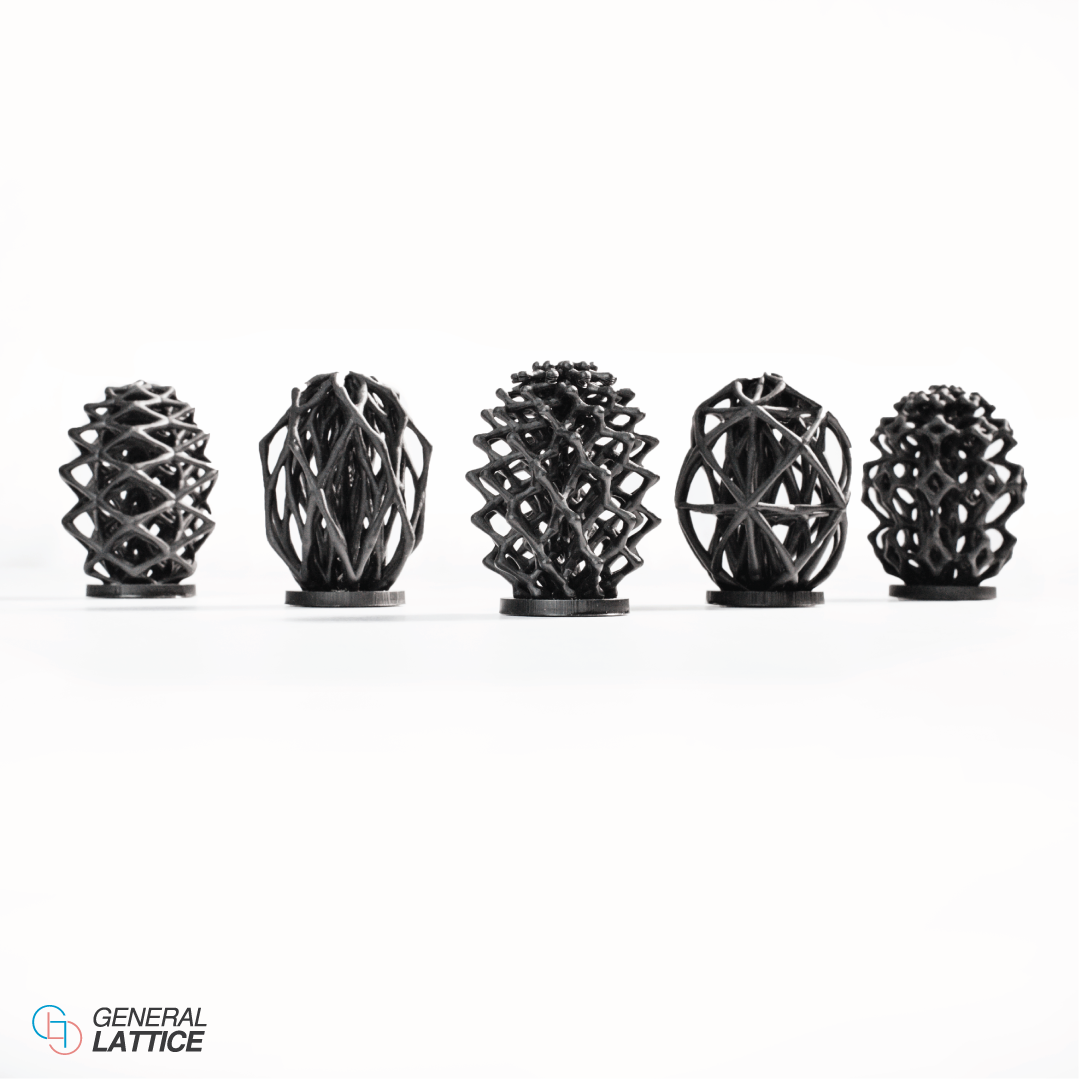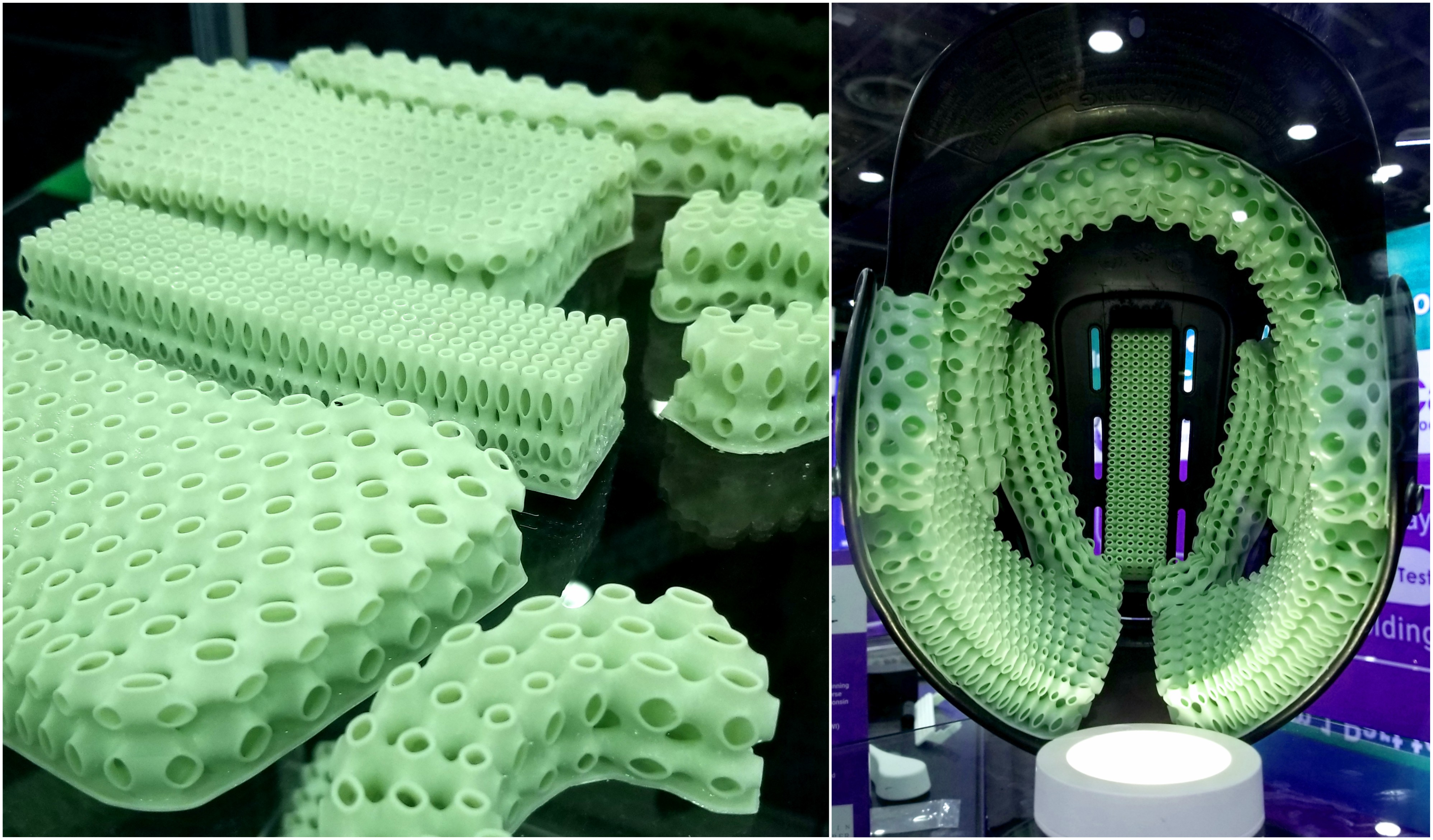The 2021 3D Printing Industry Awards shortlists are open for voting, have your say now.
3D design software firm General Lattice has been awarded a contract by the US Army to improve the impact absorption of the Army’s combat helmet using 3D printing and advanced lattice geometries.
Running for one year, the research and development project is currently underway at the General Lattice’s facility in Chicago, Illinois, and will see the firm develop a predictive modeling toolset to design and generate superior lattice materials for the helmet.

Transforming design with lattice materials
According to General Lattice, lattice materials have the potential to revolutionize the way companies manufacture new products across a variety of sectors, including the commercial, industrial, and military markets.
The company was founded in February 2019 with the goal of making designing for additive manufacturing a seamless experience, and with a focus on optimizing lattice structures for real-world, end-use applications.
The firm utilizes a combination of computational design, advanced lattice materials and 3D printing to engineer and manufacture personalized products that can be fine-tuned with specific biometric characteristics without the additional costs and waste typically associated with traditional customization techniques.

Improving the US Army combat helmet
General Lattice has been tasked with improving the impact absorption combat helmet used by soldiers in the US Army and accurately meeting the DEVCOM Soldier Center’s (DEVCOM-SC) key performance requirements. The new helmet is designed to enhance the protection and survivability of soldiers out in the field.
With the capabilities of the traditional foam material used in the helmet having been exhausted, General Lattice is embarking upon engineering and validating a replacement using its 3D printing and advanced lattice technology.
The firm is working on the development of a predictive modeling toolset to design and generate lattice materials based on real-world data, using computational design and digital manufacturing techniques. The lattice materials designed by the firm cannot be obtained through conventional composites and manufacturing processes, and will be tested in real-world environments to ensure their performance.
The company has chosen a variety of possible materials and hardware for use in the combat helmet’s suspension system that can improve its impact absorption. Lattice samples will be tested to validate the accuracy of General Lattice’s predictive model, which if successful, could allow DEVCOM-SC to explore lattice padding profiles for a wide array of applications in the future.

Improving impact absorption with 3D printed lattices
As the technologies and materials used to 3D print lattice structures continue to improve, such structures are being deployed for more and more applications, particularly for their impact-absorbing benefits. As such, 3D printed lattices have been leveraged to improve health and safety for some time.
In 2014, researchers from UCLA sought to protect NFL players from concussions, dementia, and other conditions arising from repeated head trauma with the creation of an impact-absorbing 3D printed microlattice material. The technology has been utilized elsewhere in the sporting world, with 3D printer manufacturer Carbon and sports goods manufacturer CCM Hockey 3D printing the world’s first NHL-certified hockey helmet liner, featuring a digitally printed lattice structure.
The defense sector has also shown interest in the technology. The Institute for Soldier Nanotechnologies (ISN), made up of the MIT, Caltech, ETH Zurich and the US Army Research Lab, has used 3D printing technology at the nanoscale to form a material that is reportedly more effective at stopping a projectile than Kevlar or steel. Made from tiny carbon lattices, the material could potentially be used for bulletproof armor and gear worn by the armed forces.
Subscribe to the 3D Printing Industry newsletter for the latest news in additive manufacturing. You can also stay connected by following us on Twitter and liking us on Facebook.
Looking for a career in additive manufacturing? Visit 3D Printing Jobs for a selection of roles in the industry.
Subscribe to our YouTube channel for the latest 3D printing video shorts, reviews and webinar replays.
Featured image shows graded 3D printed lattice created by General Lattice. Photo via General Lattice.



